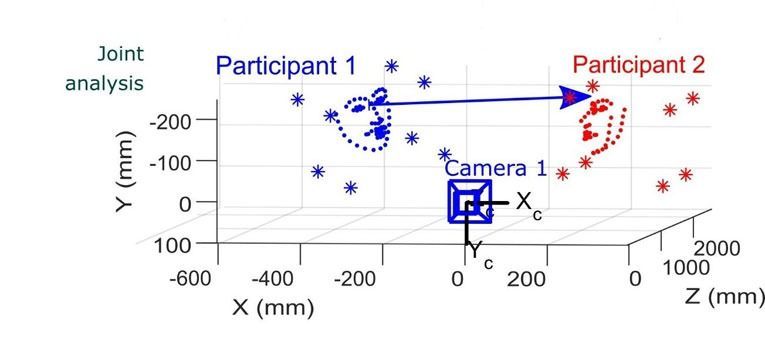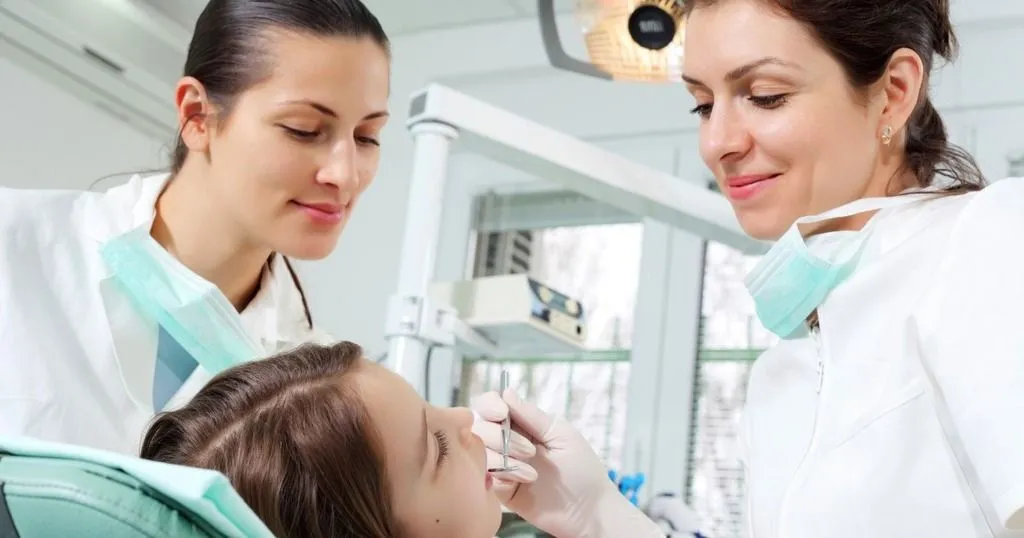How to study communication in young children
If you are born profoundly deaf, it is very likely that modern technology in the form of cochlear implants can improve your hearing.
Posted by
Published on
Mon 18 Dec. 2017
Topics
| Communication | Infants | Parent-child Interaction | Social Communication |

If you are born profoundly deaf, it is very likely that modern technology in the form of cochlear implants can improve your hearing. The cochlea is the organ in your ear that translates sound vibrations in the air into nervous impulses in the auditory nerve, and a cochlear implant carries out that function electronically.
Helping children with hearing impairments
However, for medical reasons, the procedure for a cochlear implant cannot occur when the child is less than 12 months old. That means that the period when they miss out on hearing sound is the critical period when children are normally learning to speak. It is therefore really important that the communication between the child and his or her parents is of the best possible quality after the device has been implanted.
FREE WHITE PAPER: Parent-child interaction
This free white paper informs you how on to facilitate a parent-child study and how to set up your experiment.
- Perform tests in a lab or in-home
- Collect data with video
- Design a coding scheme
Studying behavior
At the moment, psychologists measure how this interaction goes so that they can give feedback using systematically structured observations. This is incredibly labor intensive, even when computer-aided video observations are used. If this measurement could be automated, then there would be a lot of potential to save costs and provide better information.
Improving childrens’ auditory rehabilitation
The iCare (Improving Children’s Auditory Rehabilitation) project is a network of young researchers working in the field of communication concerning children with hearing impairment. In this context, Cristina Palmero Cantariño at Noldus has developed an innovative technique to automatically measure a key aspect of non-verbal communication behavior — mutual eye contact.
She has developed a novel system that combines geometric and appearance-based methods which works independently from the cameras used, the appearance of the subjects, and their orientation. The gaze estimation is calculated using a deep learning method more accurate than any method yet published.

Palmero and colleagues hope that once this prototype is turned into a product, it will be useful not only for psychologists in this specific field but also for other people studying non-verbal communication in many different contexts.
Acknowledgments
The work described here has been carried out in cooperation with Astrid van Wieringen and Guido Lichtert (KU Leuven & KOCA) and funded by the FP7 Marie-Curie ITN program of the European Union, project number 607139.
Related Posts

A coding scheme to capture interactive behaviors during triadic consultations

Observing effective leadership and teamwork
